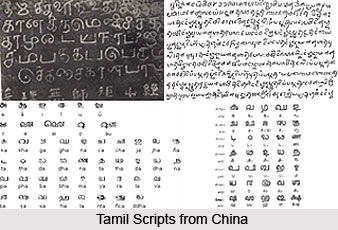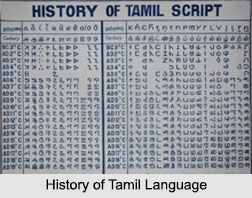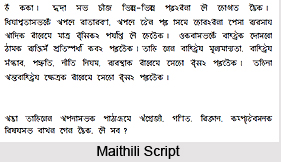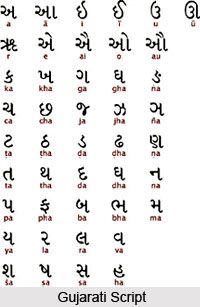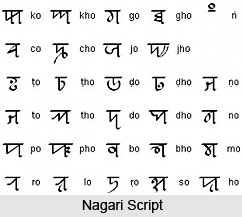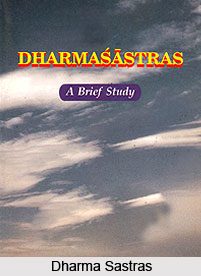 The ancient Indian scriptures can be broadly divided into six main categories: Srutis , Smrtis ,Itihasas , Puranas,Agamas ,Darsanas .Shruti refers to the four Vedas and they were originally received by Brahma from the Supreme Lord Krishna .The smritis are the literature compiled by self -realized sages based on the realizations of the Sruti. Sruti is composed in Vedic Sanskrit and smrtis in laukika Sanskrit. There are some basic differences between these two types of Sanskrit.
The ancient Indian scriptures can be broadly divided into six main categories: Srutis , Smrtis ,Itihasas , Puranas,Agamas ,Darsanas .Shruti refers to the four Vedas and they were originally received by Brahma from the Supreme Lord Krishna .The smritis are the literature compiled by self -realized sages based on the realizations of the Sruti. Sruti is composed in Vedic Sanskrit and smrtis in laukika Sanskrit. There are some basic differences between these two types of Sanskrit.
The Vedic Sanskrit has its own grammar and it is used only in the Vedas. No new book can be composed in Vedic Sanskrit. The words have accent, akin to notes in music and the words meaning can change drastically if the accent of its letters are changed. Sruti literally means hearing and therefore these words have to be heard from the Guru properly for the right accent .No one has the authority to change even a single syllable of the sruti. They are passed from one age to the other by the sense of hearing by the Gurus who then recites them to the disciples and the practice goes on .It may so happen sometimes that some parts of the srutis may get lost. Then they are again heard in trance by great sages called Rishis. Rishi means a seer, or one who sees the Vedic texts. He hears it in trance and realizes its meaning. Smrtis on the other hand are written in laukika Sanskrit or Sanskrit spoken by people.There is no accent in its words. Smrti sastras are compiled remembering the meaning of the sruti and hence the name smrti (lit. remembrance). The smrtis change from age to age in their structure but the essence is same. The works that are expressly called Smritis are the law books, Dharma Sastras.
There are eighteen main Smritis or Dharma Sastras. The most important are those of Manu, Yajnavalkya and Parasara. The other fifteen are those of Vishnu, Daksha, Samvarta, Vyasa, Harita, Satatapa, Vasishtha, Yama, Apastamba, Gautama, Devala, Sankha-Likhita, Usana, Atri and Saunaka.The laws for regulating Hindu society from time to time are codified in the Smritis .Definite rules and laws to guide the individuals and communities in their daily conduct and regulate their manners and customs are laid down in the Smritis .The objective of the Smritis is to purify the heart of man and take him gradually to the Supreme abode of immorality and make him free and perfect .
From time to time great law givers have taken birth .Of such law-givers, Manu, Yajnavalkya and Parasara are well known. Hindu society is founded on, and governed by, the laws made by these three great sages. The Smritis are named after them. Manu Smriti or Manava Dharma-Sastra (Laws of Manu or the Institutes of Manu), Yajnavalkya Smriti and Parsara Smriti. Manu is the greatest and oldest law-giver of the race.The Hindu society continues to be governed by these laws.
